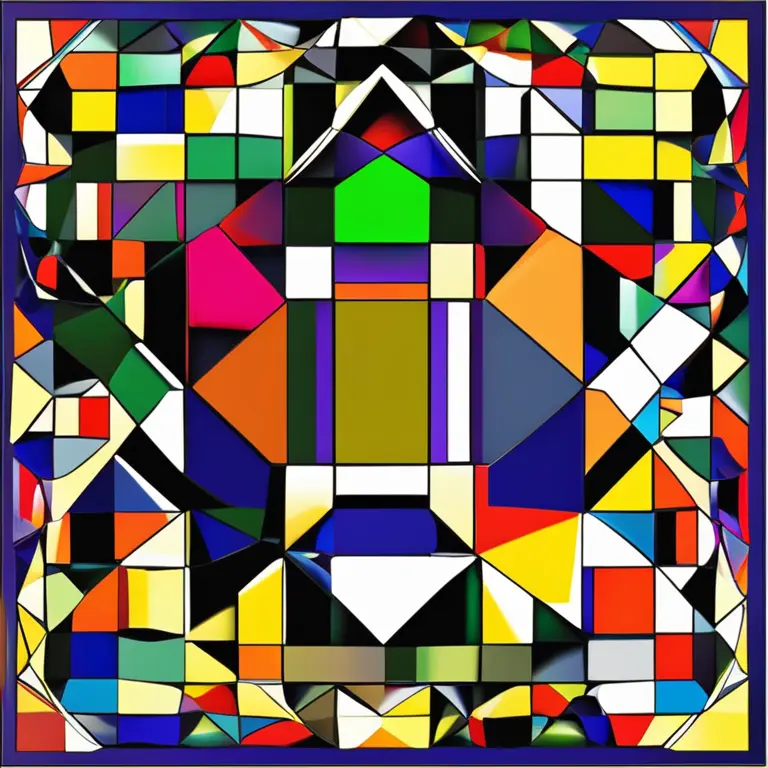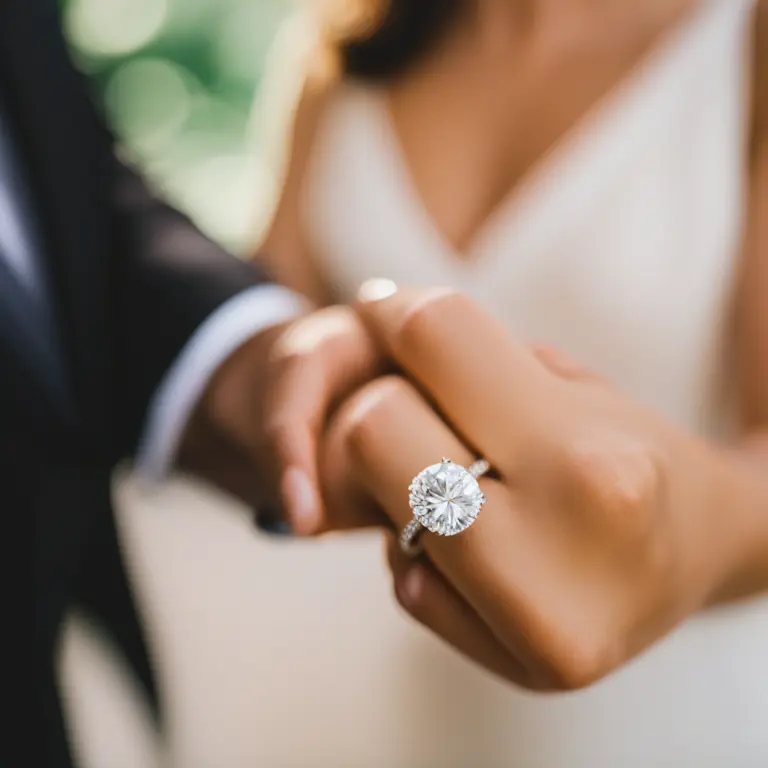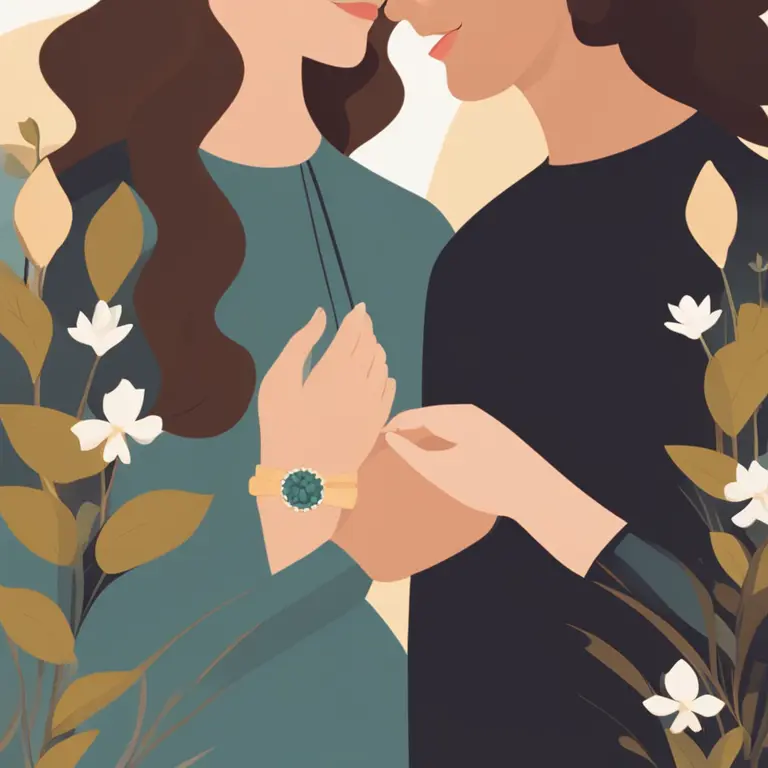
The Traditional Hand for Engagement Rings Revealed
Explore the customs and significance behind the hand chosen for engagement rings, a symbol of love and commitment across various cultures.
article by Nora Pennington
Introduction to Engagement Ring Traditions
Engagement rings have been a symbol of romance and commitment for centuries, signifying the intent to marry. Through the ages, various traditions have dictated on which hand an engagement ring should be worn. Although customs vary around the world, in many Western cultures, the engagement ring has a dedicated finger. This tradition is steeped in history and symbolism, influencing the common practice for betrothed couples. This article explores the hand designated for engagement rings and the reasons behind it, shedding light on this enduring symbol of love.

Engagement Ring Hand in Western Cultures
In many Western countries, such as the United States, Canada, the United Kingdom, France, and Italy, the engagement ring is traditionally worn on the fourth finger of the left hand. This custom originates from the ancient belief that the "vena amoris," or the vein of love, runs directly from this finger to the heart. While modern anatomy has dispelled this myth, the romantic notion endures, influencing where many people today choose to place their ring to signify their upcoming nuptials.

Variations in Global Engagement Practices
Cultural diversity leads to distinctive practices regarding engagement rings. For instance, in some Eastern European and Latin American cultures, the ring is worn on the right hand rather than the left. In parts of Northern Europe, it is common for both men and women to wear engagement rings, known as promise rings, on the right hand before they are married. These cultural nuances enrich the global tapestry of engagement traditions, reflecting the local customs and beliefs about love and marriage.

Modern Interpretations and Choices
As societies evolve and personal choices become more significant, the traditional rules regarding engagement ring placement are sometimes set aside. Couples today may decide on which hand to wear their ring based on profession, convenience, or personal preference. This is a reflection of the contemporary perspective on marriage as a partnership of equals, where individual choices are celebrated. The modern approach suggests a trend of personalization, with the symbolism of the ring retaining its meaning, irrespective of the hand it graces.

Engagement Rings and Marriage Customs
The placement of the engagement ring can also change during the course of the couple's journey towards marriage. In many cultures, the engagement ring is later paired with a wedding band during the nuptial ceremony. Oftentimes, the wedding band is placed first on the finger, to be closer to the heart, with the engagement ring coming on top. This transition reflects the progression from an engagement to the bound of marriage, and the order in which the rings are worn is symbolic of this enduring commitment.
Respecting Individualism in Engagement Practices
While tradition guides many aspects of engagement and wedding practices, it's important to respect individual choices and modern adaptations. Engagement rings, regardless of which hand they are worn on, symbolize the universal sentiment of love and commitment. It is essential to regard each couple's decision, as their preference is as much a part of the journey as the customs they choose to follow or tastefully modify.
Published: 1/11/2024
Modified: 1/12/2024
More predictions
Come back here soon to learn more about yourself and your future


Can We Trust Palmistry?
Delving into the realm of palmistry, this article examines its credibility and place in contemporary spiritual practices.


Can Palmistry Predict Your Path Incorrectly?
Delving into the accuracy of palm readings, this article examines whether palmistry can lead to incorrect predictions about one's life and destiny.


The Ancient Art of Vedic Palmistry
Discover the ancient art of Vedic Palmistry and its practice in the modern era, revealing the secrets held within the lines of the hand.